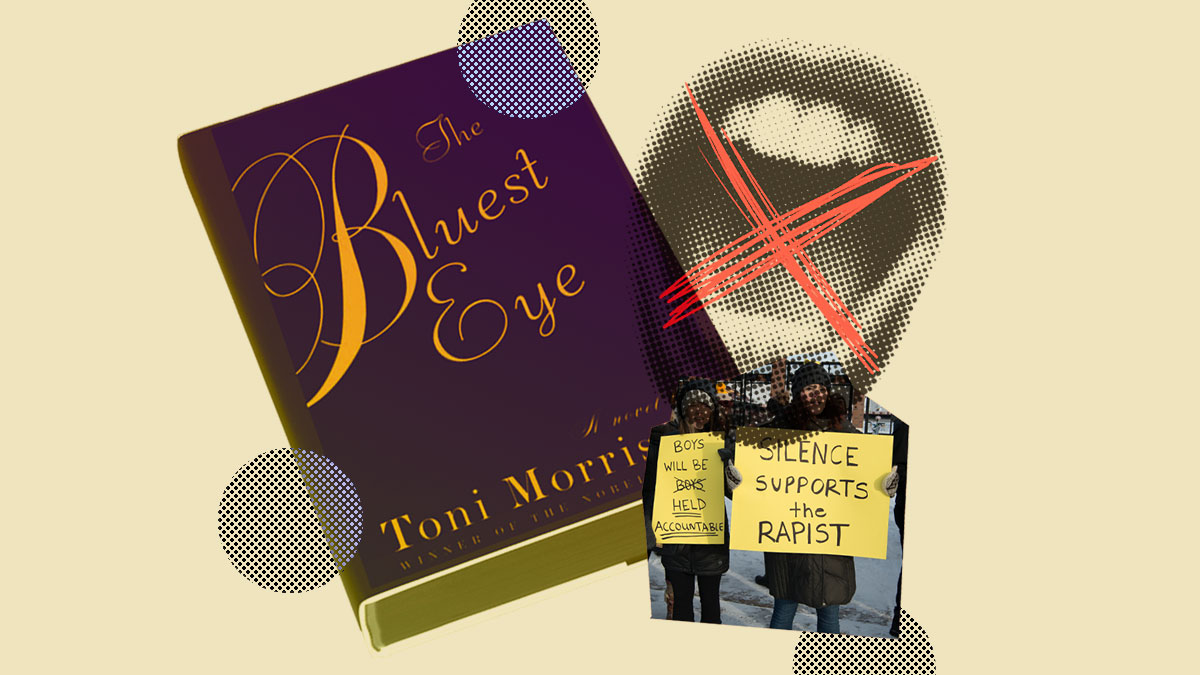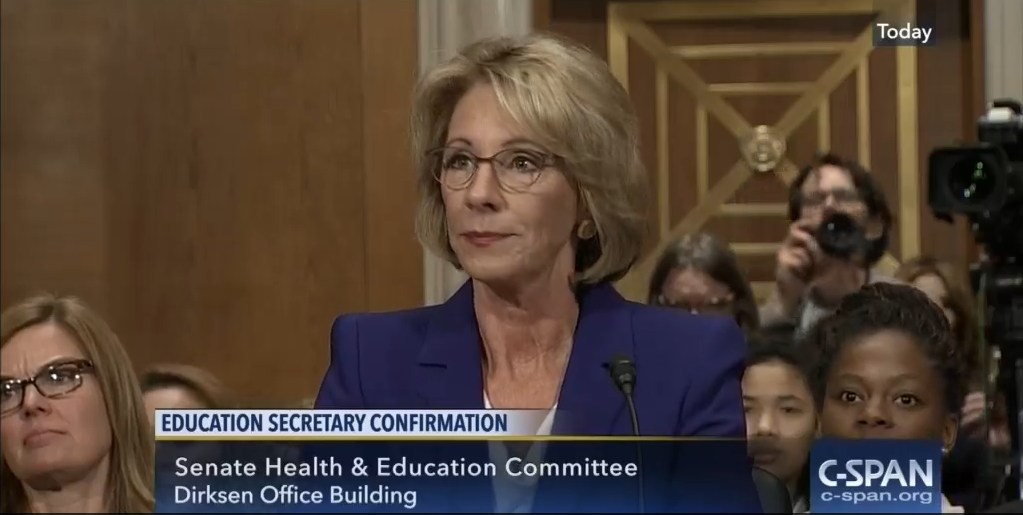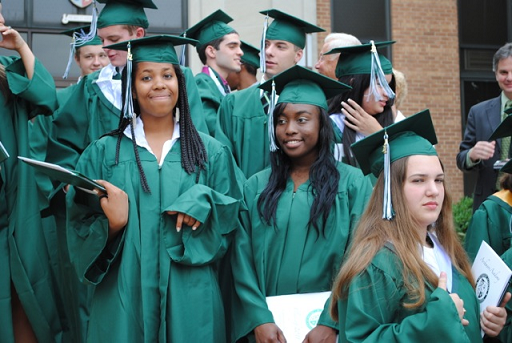Abortion rights, women of color, and LGBTQI+ people are under attack. Pledge to join us in fighting for gender justice.
The Time Has Come For Schools To Accept Girls’ Bodies
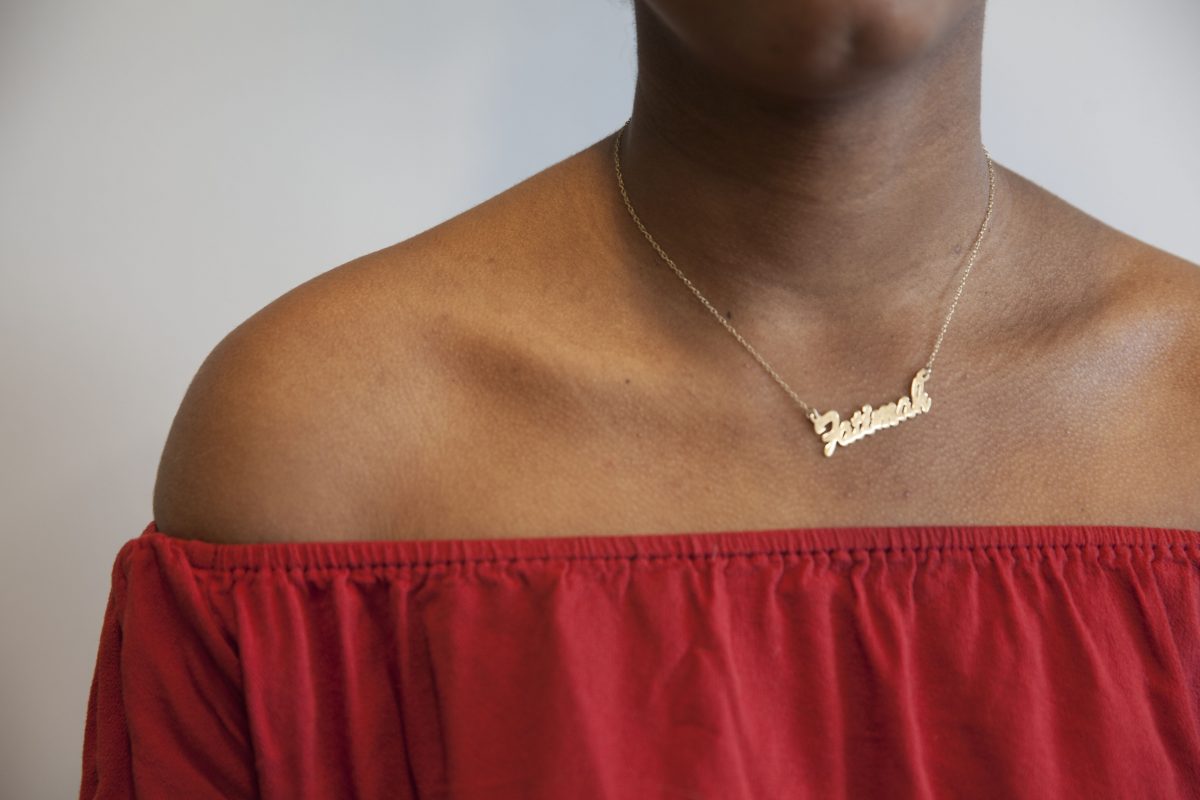
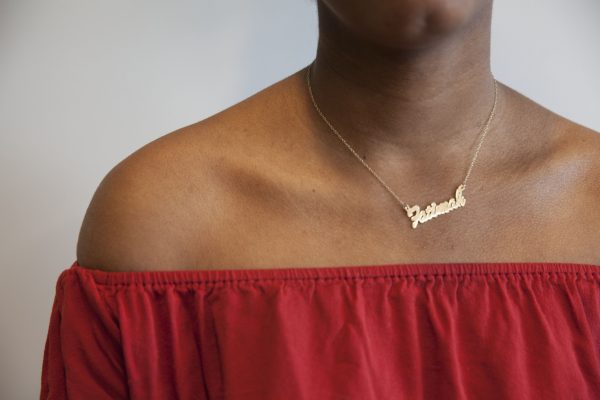 If it’s happened to you, you remember that moment. That moment when a teacher pulls you aside and tells you what you are wearing is not appropriate. Afterward, you’re embarrassed and distracted. You remember at least five other friends of yours who wore something “much worse” that same day but weren’t reprimanded. Maybe you thought it was just bad luck. Maybe that teacher has always had it out for you. Maybe you’ve noticed you are always punished more, and more harshly, than your white classmates.
If it’s happened to you, you remember that moment. That moment when a teacher pulls you aside and tells you what you are wearing is not appropriate. Afterward, you’re embarrassed and distracted. You remember at least five other friends of yours who wore something “much worse” that same day but weren’t reprimanded. Maybe you thought it was just bad luck. Maybe that teacher has always had it out for you. Maybe you’ve noticed you are always punished more, and more harshly, than your white classmates.
You were one of too many girls, and especially Black and brown girls, who are given the message that our bodies are an interruption to other students’ learning. That we are expected to cover up. That we deserve to lose class time and to be shamed in the principal’s office for how we look. That girls’ bodies are distracting for boys, whose educations takes precedence over ours.
For these reasons and many more, the National Women’s Law Center collaborated with 20 Black girls from D.C. public schools to write our new report, Dress Coded: Black Girls, Bodies, and Bias in D.C Schools. As you’ll read in the report, Black girls are often targets of ambiguous rules that create too much room for discriminatory enforcement driven by intersecting race- and sex-based biases. We hope this will inspire policymakers and public schools to prioritize girls’ time in the classroom over unnecessary reprimands.
I’ve had the amazing opportunity to work on this project as an intern at NWLC. I’m still in high school, and it wasn’t that long ago that a teacher told me to cover up my shoulders. Even though I was not publicly shamed, the experience was humiliating. And what was worse was when a few days later I spotted a few of my white friends revealing a similar amount of skin—but never getting punished. It is only after helping to write this report that I realized the injustice.
After leafing through every publicly accessible public school dress code in D.C., I can only imagine how much worse it is in some of these schools that have even stricter rules than my previous school had. For example, 68 percent of D.C. public high schools won’t even allow girls to wear head wraps or bandanas. We also found that the same amount of schools regulate the length of girls’ skirts. Many of these schools require harsh punishments, like suspensions, for minor violations of these strict and sometimes unclear rules.
D.C. schools also very commonly require uniforms, which can be costly. As one co-author, Kamaya, told us, “each shirt costs $15 online. That’s too much. And you have to pay to ‘dress down’ on Fridays— to not wear the uniform. You have to pay $2 for one dress down pass. One day. One day.”
Ideally, schools shouldn’t have dress codes. The risks of discrimination and needless lost class time are just too high. And plenty of high schools and colleges in D.C. do not have dress codes and are able to educate students without distraction. However, if a school insists on keeping dress and grooming rules, small policy changes can make major differences. That’s why NWLC’s report ends with some strong suggestions for how educators and policymakers can change dress codes to create a more equitable school environment for all girls.


